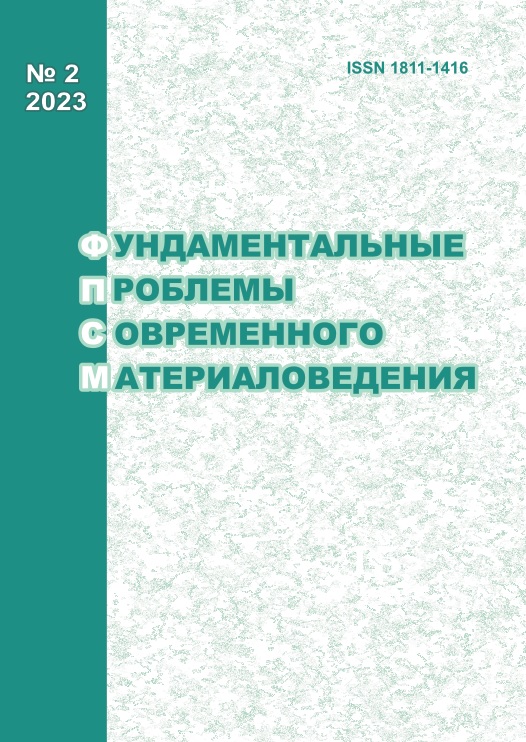PHASE DIAGRAM OF STRONGLY INTERACTING ELECTRON-PHONON SYSTEMS WITH HIGH DENSITY OF CHARGE CARRIERS
10.25712/ASTU.1811-1416.2023.02.006
Keywords:
hole-doped cuprate high temperature superconductors, phase diagram of cuprate superconductors, bipolarons, Fröhlich electron-phonon interaction, charge density wave, pseudogapAbstract
In this article, in order to demonstrate the common nature of superconducting, charge ordering and pseudogap phases of high-temperature copper-oxide-based superconductors (cuprates) we study the temperature-doping phase diagram of systems with strong long-range (Fröhlich) electron-phonon interaction. Conventionally, the pseudogap and charge ordering phases of cuprates were considered as competing with the superconducting phase. However, the results of recent experimental studies have made it possible to suggest the common nature of the three mentioned phases. To test this assumption, we calculate the free energy of a two-liquid system of charge carriers, which includes a large bipolaron liquid and Fermi-liquid of delocalized carriers. The phase diagram of a system with a strong electron-phonon interaction is constructed by minimizing the free energy of the system with respect to the bipolaron radius (related to the charge ordering period). Comparison of the obtained energy with the free energy of the system without bipolarons determines the temperature of decay of the bipolaron liquid. To calculate the free energy, we use the distribution function of charge carriers over autolocalized and delocalized states, obtained by the Gibbs method. To calculate the temperature of the superfluid (superconducting) transition, we use the standard Landau Bose-liquid method. As a result, it was demonstrated that the superconducting, charge ordering, and pseudogap phases have a common nature associated with the existence of large bipolaron liquid. The calculated position of the regions corresponding to these phases in the phase diagram of strongly interacting electron-phonon systems coincides with the location of these phases in the experimental diagram of cuprates.











 Journal «Fundamental’nye problemy sovremennogo materialovedenia / Basic Problems of Material Science»
Journal «Fundamental’nye problemy sovremennogo materialovedenia / Basic Problems of Material Science» This work is licensed under a
This work is licensed under a 
